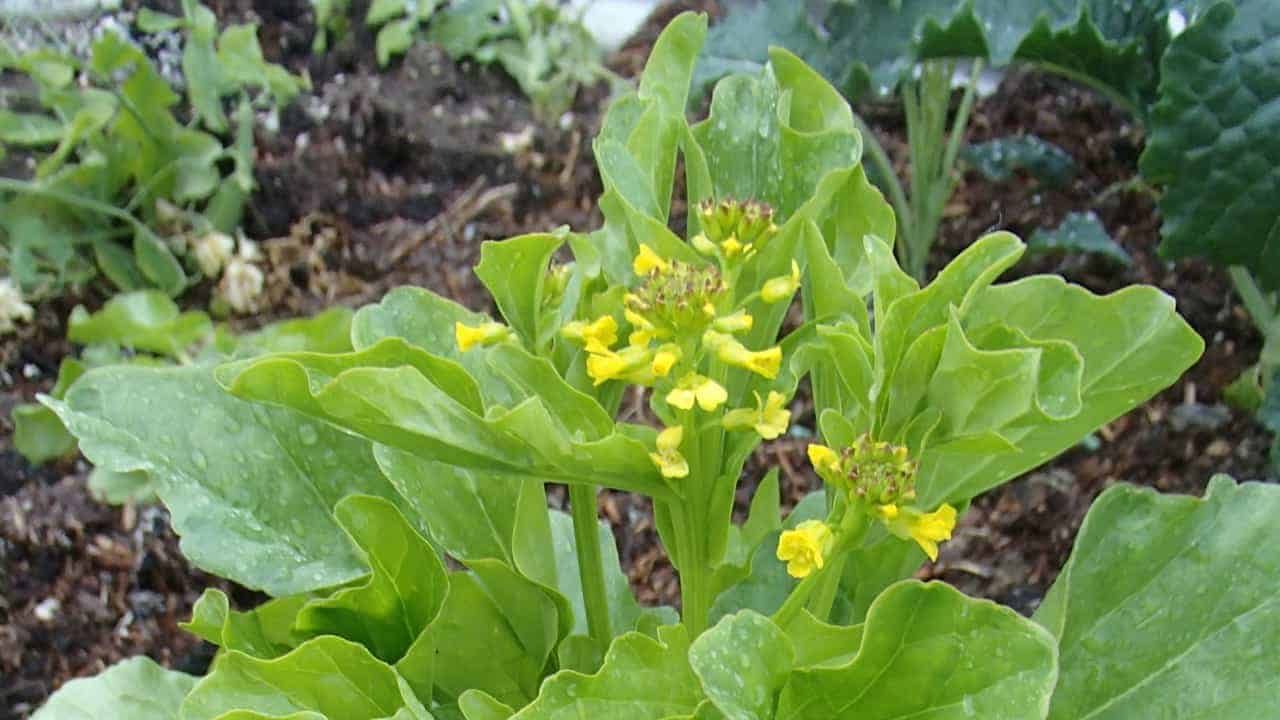Native Wintercress
Barbarea australis
Native Wintercress is a small native vegetable found sparingly along riverbanks in Tasmania. A particularly palatable species, it’s often a preferred grazing plant for many animals, contributing to its endangered status in Australia.
This plant belongs to the Brassica family alongside kale, broccoli, cauliflower, cabbage, brussel sprouts, mustard plants and other types of cress. Similar in flavour to a strong, peppery rocket (with a bit of bite!), Native Wintercress can be enjoyed fresh in salads or cooked in stirfry, casseroles, muffins, potato bakes and other savoury delights.
All the above-ground parts of this herby perennial are edible — leaf, stem, flower and seed — simply pluck and graze as the plant grows. Dry or freeze the leaves to use as a herb or grind the seeds to use as a mild spice.
Native Wintercress is a versatile plant suitable for growing in all soil types, however it prefers a moist well-drained soil. Best placed in a spot that gets full sun or dappled shade.
This species can grow to half a metre in height with a 1m spread. Naturally a non-invasive, pot-sized clumping herb, it makes a quaint and attractive addition to any vegetable bed, balcony garden or windowsill potager.
Do I need to prune my Native Wintercress?
Technically, no. But for best results — both in the kitchen and in the garden — you should aim to harvest the leaves as they grow.
When should I fertilise my Native Wintercress?
Fertilise during the cooler months, as this is when Brassicas grow best. We recommend regular feeding your plants with an organic liquid fertiliser from Autumn to Spring.
What’s eating my Native Wintercress?
Like many other Brassicas, this species is a tasty favourite for caterpillars. If you suspect a caterpillar infestation, try an application of white oil, neem oil or DiPel (follow the instructions on the spray bottle).

Suitable for full-sun

Suitable for part-shade

Suitable for pots

Dimensions:
Height 30-50cm
Width 30cm

Tolerates sandy soils

Attracts bees & insects

Suitable for gaps

